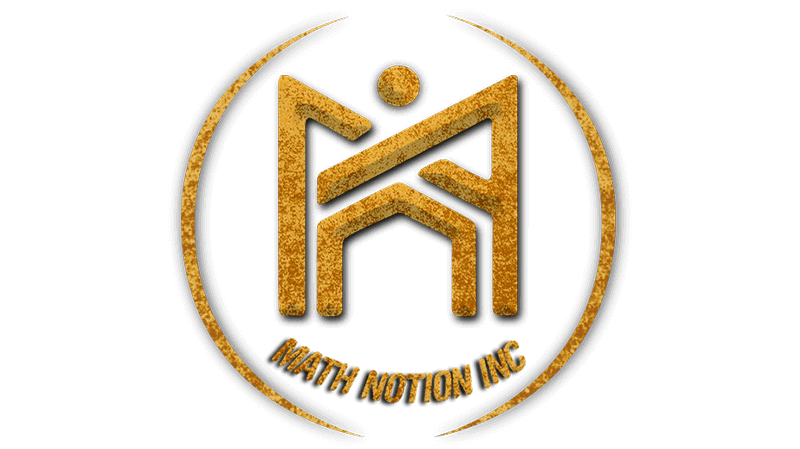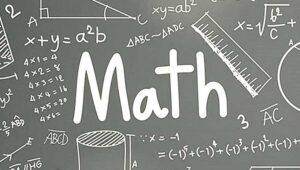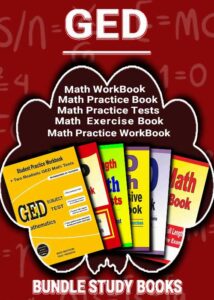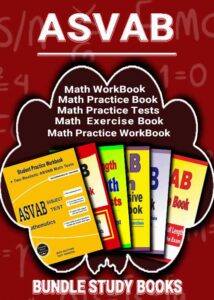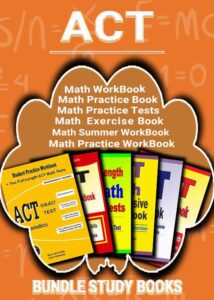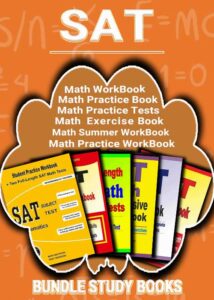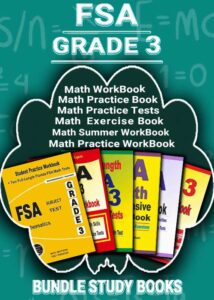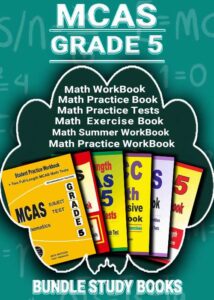
Study Time: 4minutes
Revolutionizing Math Education: Modern Techniques for Today’s Digital Classroom
The Importance of Digital Literacy in Math Education
In today’s rapidly evolving educational landscape, integrating digital tools and technologies has significantly transformed how math is taught and learned. As classrooms become increasingly digitized, educators must adapt their teaching methods to leverage these new tools effectively. This article explores innovative techniques for revolutionizing math education in the digital age, offering insights and strategies for enhancing student engagement and achievement.
Enhancing Engagement and Motivation
Digital tools have the potential to make math lessons more engaging and interactive. By incorporating multimedia elements such as videos, animations, and interactive simulations, educators can capture students’ attention and make complex mathematical concepts more accessible and enjoyable.
- Interactive Simulations: Tools like GeoGebra and Desmos allow students to visualize and manipulate mathematical objects, helping them understand abstract concepts more concretely.
- Educational Games: Platforms such as Kahoot! and Prodigy turn math practice into fun, competitive games, motivating students to participate and learn.
Personalized Learning Experiences
Digital technologies enable personalized learning experiences that cater to individual student needs and learning styles. Adaptive learning platforms use algorithms to assess students’ strengths and weaknesses, providing customized content and exercises to support their progress.
- Adaptive Learning Platforms: Tools like Math Notion and IXL offer personalized practice problems and instructional videos based on each student’s performance and progress.
- Online Tutoring: Services like Chegg Tutors and Tutor.com provide one-on-one support, allowing students to receive tailored assistance and guidance.
Innovative Digital Tools for Math Instruction
Virtual Manipulatives
Virtual manipulatives are digital versions of physical objects used to teach mathematical concepts. These tools allow students to explore and experiment with mathematical ideas in a hands-on, interactive way.
- Examples of Virtual Manipulatives:
- Base Ten Blocks: Used to teach place value and number sense.
- Fraction Bars: Help students understand fractions and their relationships.
Math-Specific Software and Apps
Various software and apps are designed for math education, offering interactive and dynamic learning experiences.
- GeoGebra: A dynamic mathematics software that combines geometry, algebra, spreadsheets, graphing, statistics, and calculus in one easy-to-use package.
- Desmos: An advanced graphing calculator implemented as a web application that helps students visualize and understand mathematical concepts.
Online Collaborative Tools
Collaboration is essential to learning, and digital tools can facilitate group work and peer-to-peer interaction.
- Google Classroom: Allows teachers to create, distribute, and grade assignments paperlessly, fostering collaboration and communication.
- Microsoft Teams: Provides a platform for virtual classrooms where students can collaborate on projects and participate in discussions.
Effective Strategies for Implementing Digital Tools
Blended Learning Models
Blended learning combines traditional face-to-face instruction with online learning activities. This model allows for greater flexibility and can accommodate different learning styles.
- Flipped Classroom: Students watch instructional videos at home and engage in hands-on activities and problem-solving in class.
- Station Rotation: Students rotate between different learning stations, including digital learning activities, collaborative projects, and direct instruction.
Professional Development for Educators
Educators need ongoing professional development and support to integrate digital tools into the classroom effectively.
- Workshops and Training Sessions: Regular training sessions help teachers stay updated on the latest digital tools and instructional strategies.
- Online Communities: Platforms like Edmodo and Twitter offer spaces for educators to share resources, discuss best practices, and collaborate with peers.
Assessment and Feedback
Digital tools can provide immediate feedback and track student progress, allowing for more effective assessment and intervention.
- Formative Assessment Tools: Tools like Quizizz and Socrative enable teachers to conduct quick assessments and gather real-time data on student understanding.
- Data Analytics: Learning management systems (LMS) such as Canvas and Blackboard offer analytics features that help teachers monitor student performance and identify improvement areas.
Challenges and Considerations
Ensuring Equitable Access
One of the primary challenges of integrating digital tools in math education is ensuring that all students have equitable access to technology and internet resources.
- Providing Devices: Schools can implement one-to-one device programs to ensure every student can access a computer or tablet.
- Internet Access: Partnering with local businesses and community organizations can help provide internet access to students who lack connectivity at home.
Maintaining Student Engagement
While digital tools can enhance engagement, they can also lead to distractions. Educators must find a balance between incorporating technology and maintaining student focus.
- Setting Clear Expectations: Establishing rules and guidelines for technology use in the classroom helps minimize distractions.
- Interactive and Varied Lessons: Keeping lessons varied and interactive ensures students remain engaged and focused.
Protecting Student Data and Privacy
As digital tools collect and store student data, it is crucial to ensure that this information is protected and used responsibly.
- Data Privacy Policies: Schools should implement strict data privacy policies and ensure that all digital tools comply with these regulations.
- Educating Students and Parents: Providing information about data privacy and security helps students and parents understand how their data is used and protected.
Revolutionizing math education in the digital age involves embracing innovative tools and techniques that enhance learning and engagement. By integrating digital technologies effectively, educators can provide personalized, interactive, and dynamic math instruction that meets the needs of today’s students. Continuous professional development, equitable access, and careful consideration of data privacy are essential to successfully implementing these digital solutions. With the right approach, digital tools can transform math education, making it more accessible and enjoyable for all students.
